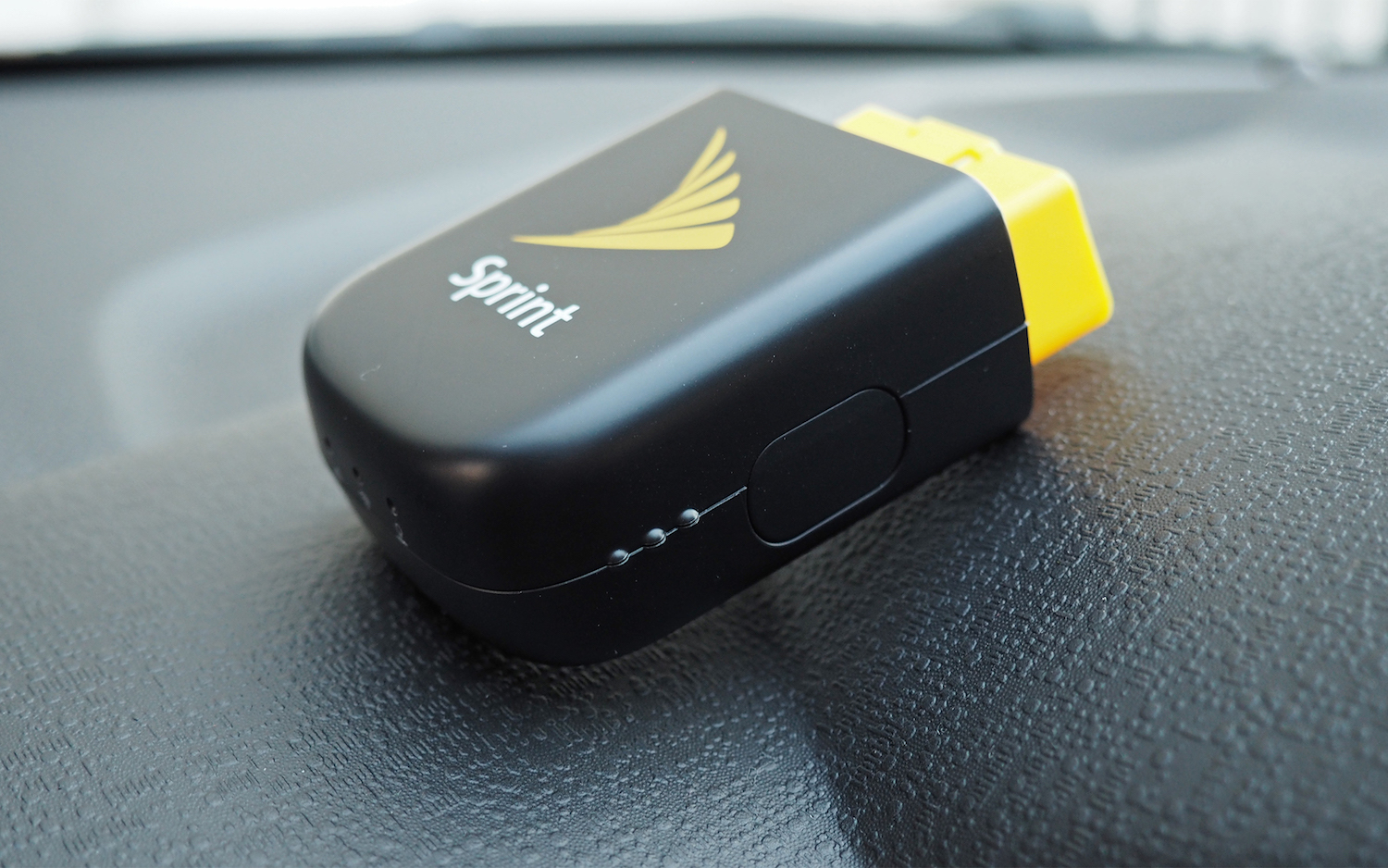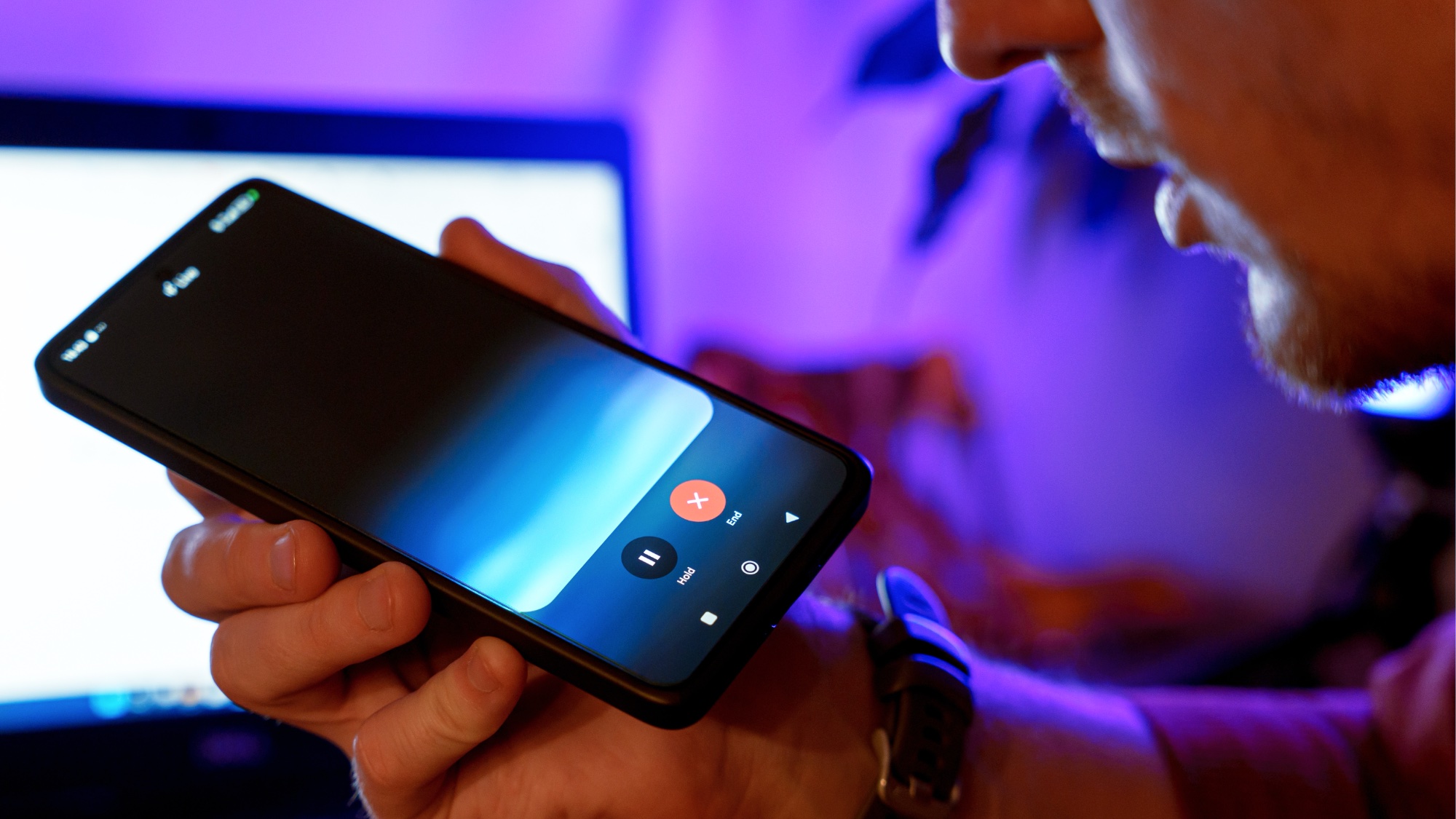Tom's Guide Verdict
Sprint Drive adds a lot of utility for parents and owners of older cars, but it's not as useful for newer rides.
Pros
- +
Good for vehicle maintenance
- +
Works as a Wi-Fi hotspot
- +
Parents will like boundary/curfew features
- +
Roadside assistance is a plus
Cons
- -
Doesn't add much for newer cars
- -
Unlimited data is pricey
Why you can trust Tom's Guide
What if you could get most of the tech amenities of a new car without buying one? Of course, there are aftermarket head units that support Android Auto and Apple CarPlay, though aside from routing media through your car's speakers and proving navigation, those won’t necessarily make your car smarter. They also cost a fortune.
That’s why Sprint’s latest accessory, Sprint Drive, is so enticing. For some drivers with particularly old vehicles, this connected dongle offers a lot of benefits. Here’s where the service succeeds and falls short.
What is Sprint Drive?
It's a $120 dongle that plugs into your vehicle's OBD-II port — the same one your mechanic uses to find out why your check-engine light is on. And through that little port, Sprint Drive can monitor loads of information about your car, like the condition of its battery, the amount of fuel in its tank, the average mileage and even the temperature of its coolant.
Sprint Drive goes beyond maintenance, too. The dongle is fitted with an LTE radio, allowing it to act as a Wi-Fi hotspot for up to eight devices. It also comes with roadside assistance and features a GPS for trip monitoring, which parents can use to set travel boundaries for their kids. Sprint Drive syncs all this data back to your phone via a dedicated app, every time your car is running.
Sprint Drive cost and data plan
The cost of all those driving amenities? It's $120 for the dongle itself over the course of 24 monthly installments — which works out to $5 per month — alongside either a 2GB data plan for $15 per month or an unlimited plan for $30 per month. Additionally, you don't have to be a Sprint wireless customer to use it.
A solid maintenance tool
If you're the kind of driver who likes to be kept abreast of all the goings-on with regard to your ride, you're going to love Sprint Drive. That's especially true if your daily driver doesn't have the modernities we take for granted today, like a trip computer.
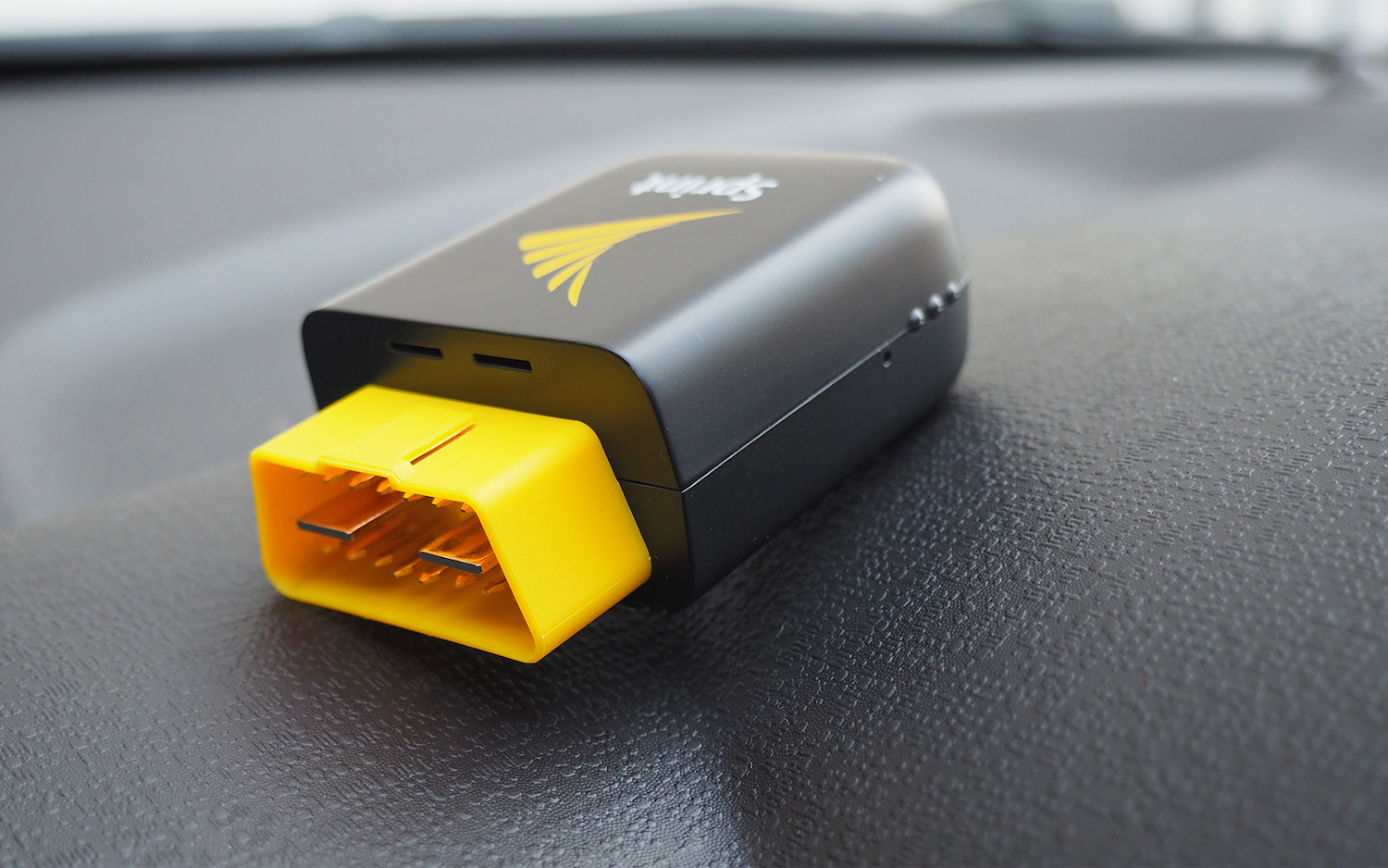
Sprint Drive interfaces with your car through the OBD-II port, usually found just beneath the steering wheel. These ports were federally mandated beginning in 1996 — so if you're rocking a vehicle older than that, you may be out of luck.
MORE: Best Cheap ODB Scanners Tested and Rated
The Sprint Drive app allows you to set notifications for when a particular aspect of your car needs attention. The app's home screen features a Vehicle Health menu, which offers precise reports on battery voltage, intake and coolant temperatures, and fuel percentage and mileage. If any of these parameters fall out of the range of what is considered good working order, the app will inform you of it. And if your car is reporting an OBD-II error code, it'll will relay that to you, too, and describe what it means in plain English.
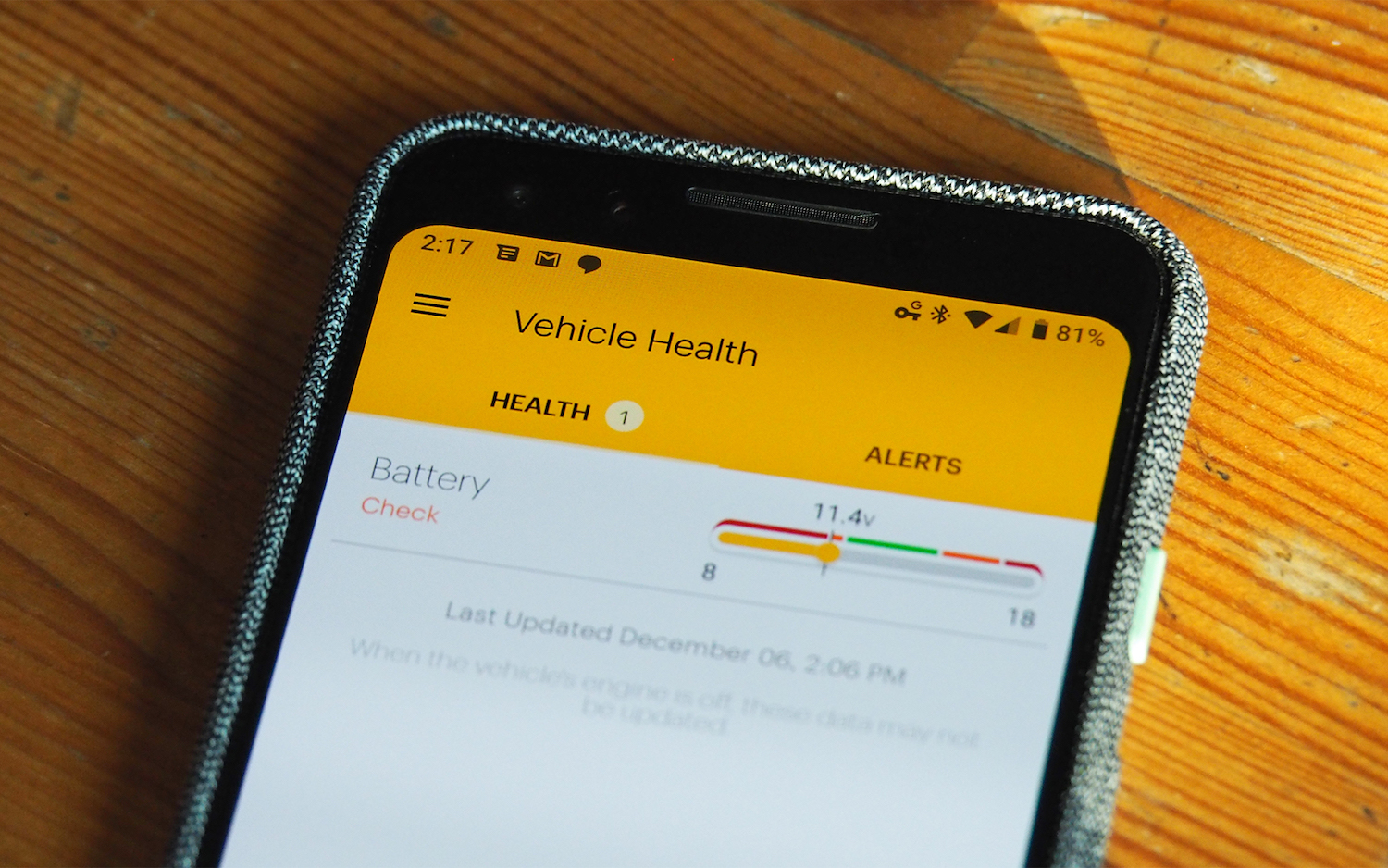
Sprint Drive doesn't tap into everything we'd like to know about — though that's more the fault of the OBD-II platform than the dongle itself. I live in the Northeast, and this time of year is precisely when everyone's tires end up as flat as a deflated basketball. It would be nice if Sprint Drive relayed tire-pressure readings, but that's something it's just not equipped to do.
I was astonished how quickly Sprint Drive pushed insights about my latest trips to the cloud, so I could view that data on my phone.
At least it's extremely reliable when it comes to relaying data to your phone. Over the course of a month driving around with Sprint Drive in my car, I was astonished how quickly it pushed insights about my latest trips to the server, so I could view that data on my phone. This is a small but critical achievement of the service, because the dongle is not powered when your car isn't running, and therefore can send data only while the car is actually on.
Parents will love it
If I were a parent, I would imagine I'd feel some peace of mind from Sprint Drive's GPS-aided boundary and curfew features.

These allow you to set up alerts based on your car's location and general use. Using the app, you simply drop a pin on a map and set a radius determining where the car is allowed to go. If it exceeds that boundary, your phone is notified. Like alarms, these limits can also be programmed only to be active on certain days (say, weekdays after 11 p.m.).
Parents will get peace of mind from Sprint Drive's GPS-aided boundary and curfew features.
Additionally, you can set up Sprint Drive so that when your vehicle is turned on during specific times, you'll be alerted to it. And through trip history reports, you can view data like average and top speeds, and a record of how many times the car accelerated or braked abruptly. The app uses these figures to determine a driving score on a scale of 100.
Hotspot functionality is a plus
Since you're presumably already carrying your phone with you in the car, Sprint Drive's LTE connectivity may not matter much to you. But it might matter to your passengers, who will have the ability to connect their phones, tablets and gaming consoles to the internet using the dongle as a hotspot.
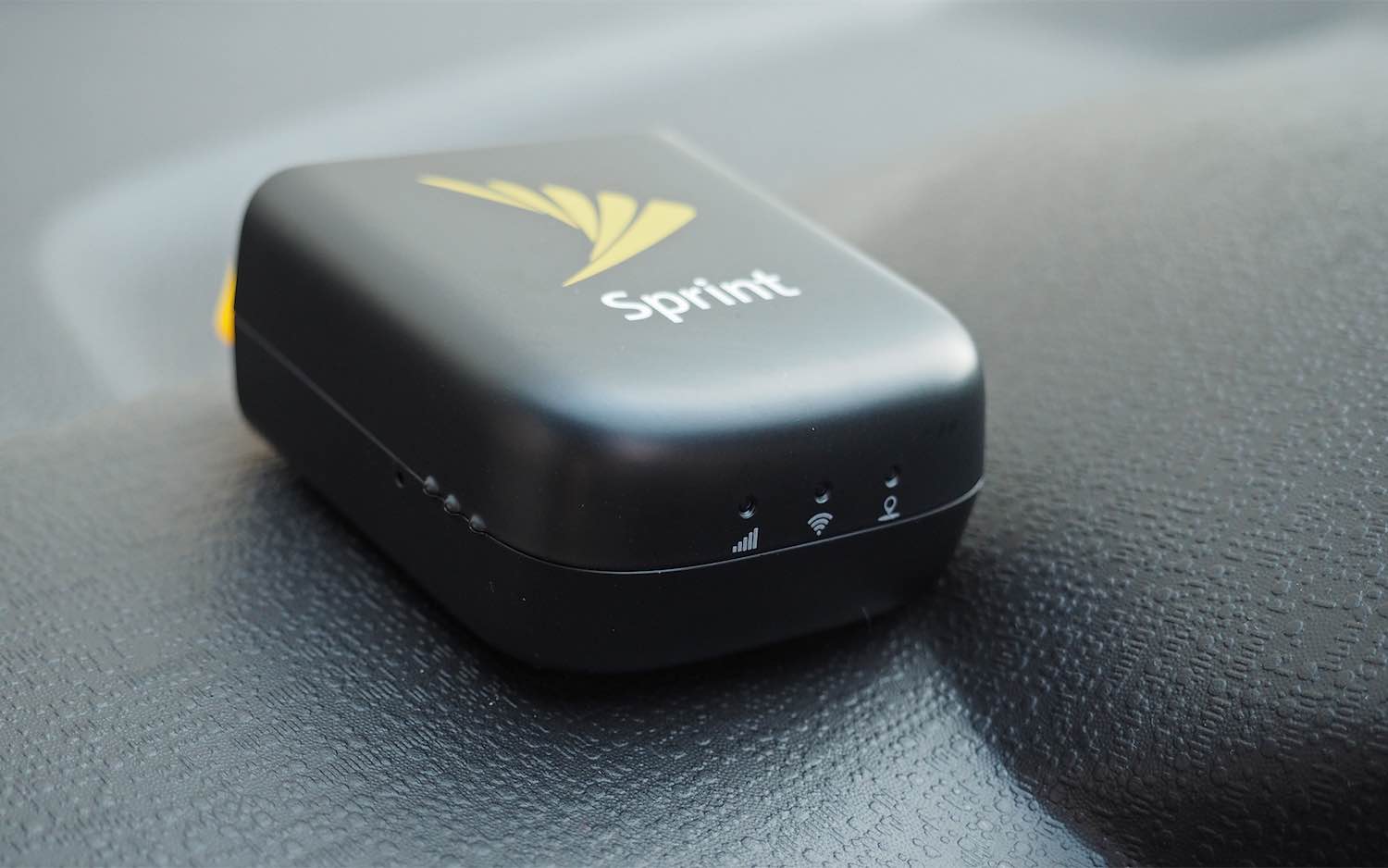
Again, we envision this being particularly useful for parents, whose kids will certainly enjoy the convenience of a stable internet connection on long journeys. Even so, having Sprint Drive running a mini Wi-Fi network inside your car gives you extra data and a way to stream music without running up data charges on your phone — which may be useful, depending on your situation.
Roadside assistance is convenient (though limited)
Sprint Drive grants you 24/7 roadside assistance, which is convenient if you don't belong to a service like AAA. Granted, it's not the same as an actual AAA membership, though you still get some perks.
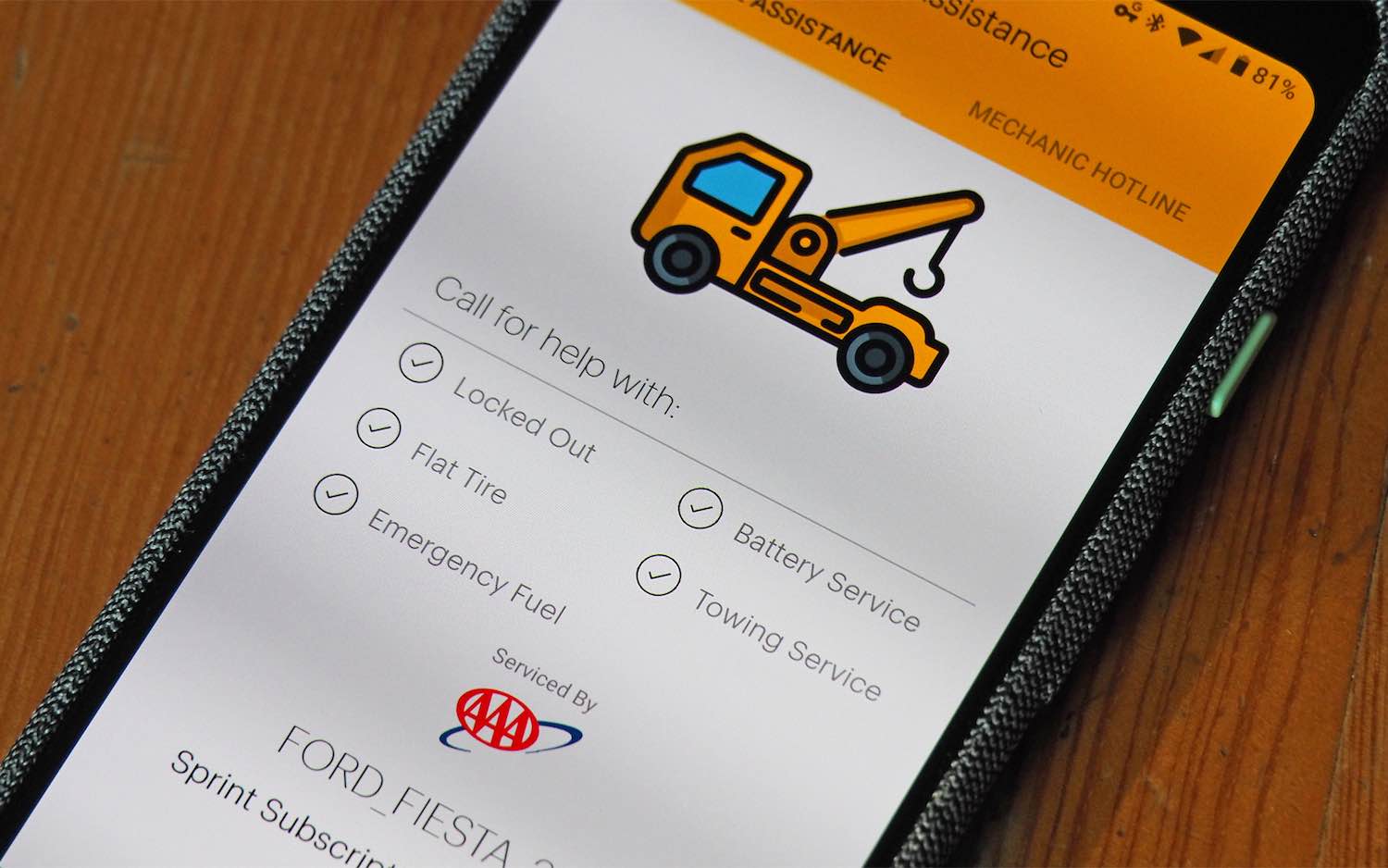
With Sprint Drive, you're entitled to towing for up to 15 miles free, fuel delivery of up to 2 gallons, recovery from a ditch, flat tire changes, battery jumps and service if you're locked out of your vehicle. There are certainly some caveats to keep in mind — any towing or fuel beyond the specified amount is charged to you, and Sprint allows you to use these services only a maximum of four times a year.
For reference, the most basic AAA package — AAA Classic, which offers perks relatively similar to Sprint Drive's — runs anywhere from $50 to $70 per year, depending on where you live. In some respects, AAA Classic is inferior to what Sprint Drive grants you; for example, AAA Classic only entitles you to free towing within 5 miles. The superior, roughly $120-per-year AAA Plus plan, on the other hand, far exceeds Sprint Drive's features, with free out-of-fuel service and towing for up to $100 miles, travel interruption reimbursement and more.
Sprint Drive also offers a mechanic hotline that can assist in diagnosing issues with your vehicle and direct you to one of Sprint's 33,000 nationally affiliated repair partners if there's a problem.
Sprint Drive vs. Verizon Hum and AT&T Spark
A few other major carriers have launched connected-car solutions similar to Sprint Drive, like Verizon with its Hum+ dongle and AT&T and Harman’s Spark. (Incidentally, Harman also developed Sprint Drive.)
| Sprint Drive | $20 per month for dongle with 2GB data$35 per month for dongle with unlimited data |
| Verizon Hum+ | $10 per month for dongle with no data + $70 upfront ($30 one-time fee for equipment + $40 one-time fee for activation) |
| Verizon Hum X | $20 per month for dongle with unlimited data + $30 upfront |
| AT&T Harman Spark | $9 per month for dongle with no data$35 per month for dongle with unlimited data |
Hum+ runs $10 a month plus taxes and fees, on top of two one-time charges of $30 for the equipment itself and $40 for activation. This particular model doesn't function as a Wi-Fi hotspot; if that's something you want, you'll need to spring for Hum X, which costs $20 per month and has a less expensive $30 activation fee.
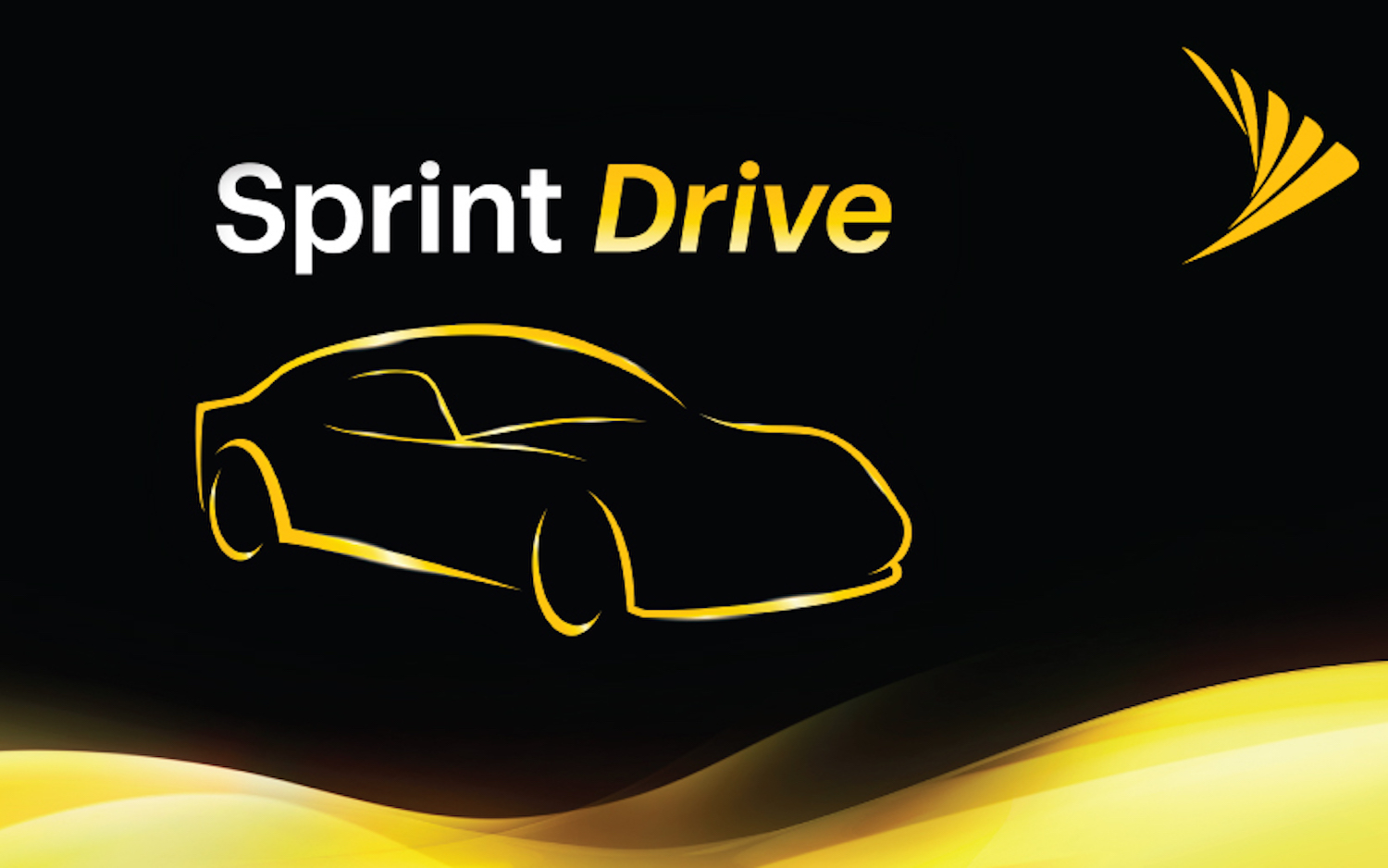
Hum's feature set is largely the same as Sprint Drive's, though Hum X comes with Number Share as well as a speakerphone so you can make calls without your smartphone. Navigation is built into both models, as well as stolen-vehicle assistance, so the dongle can beam your car's location to local law enforcement when requested.
Harman Spark costs $4 per month for the dongle, and either $5 per month for no LTE/Wi-Fi hotspot functionality, or $30 per month for unlimited data. Spark also supports parking reservations and monitoring, so you'll be notified if your vehicle is stolen or towed. The app has a space for storing your service records as well.
Meanwhile, Sprint Drive with a 2GB plan comes to $15 per month for the data and $5 for the device, and if you opt into auto pay you can save $5 every billing cycle. That’s cheaper than Verizon and AT&T if you want some data, as long as it's not unlimited. However, Harman Spark is the least expensive overall, for $9 per month if the hotspot feature doesn’t matter to you. Meanwhile, Hum X offers the most cost-effective way to get unlimited data and some other perks for $20 per month, plus that one-time $30 fee for activation.
Bottom line
Sprint Drive is less about making your car smarter than it is than about making it safer. That said, it's not for everyone.
If you have an older vehicle or are the parent of a young driver, there's a lot to like here. No, Sprint Drive won't transform your ride into a connected car; it adds no infotainment capabilities, for one. But it carries a lot of value regarding maintenance and safety, and Sprint's limited roadside assistance is handy — modest though it is. Moreover, the price is very reasonable for the 2GB plan.
However, if your car has been manufactured within the last several years, there's a good chance it already collects the data Sprint Drive does, especially if it's a luxury model that offers a companion app for your smartphone. In that case, the dongle is less justifiable, and you'll have to weigh the benefits. No pun intended, but your mileage may vary.
Credit: Tom's Guide
Adam Ismail is a staff writer at Jalopnik and previously worked on Tom's Guide covering smartphones, car tech and gaming. His love for all things mobile began with the original Motorola Droid; since then he’s owned a variety of Android and iOS-powered handsets, refusing to stay loyal to one platform. His work has also appeared on Digital Trends and GTPlanet. When he’s not fiddling with the latest devices, he’s at an indie pop show, recording a podcast or playing Sega Dreamcast.
-
erick.evers Sprint Drive:Reply
$120 upfront for dongle or payments of $5/mo for 24 months.
^Sprint Drive dongle is currently free with new line of service and $5 credits for 24 months.
$10 per month for 2GB data*
$25 per month for unlimited data*
*Price reflects $5 monthly autopay discount. -
onenewempire How is it that you completely failed to mentioned T-Mobile's Sync Up Drive which came out over a year ago with all the same features?Reply -
erick.evers Sprint DriveReply
$15 per month for dongle with 2GB data*
$30 per month for dongle with unlimited data*
*Additional $5 monthly discount with Autopay setup. -
scandalex BTW please Sprint Drive does NOT work in hybrid of electric vehicles. I lost a lot of hours trying to get it to work but had anyone in the Sprint store read their internal memos they'd have known this from the start.Reply
